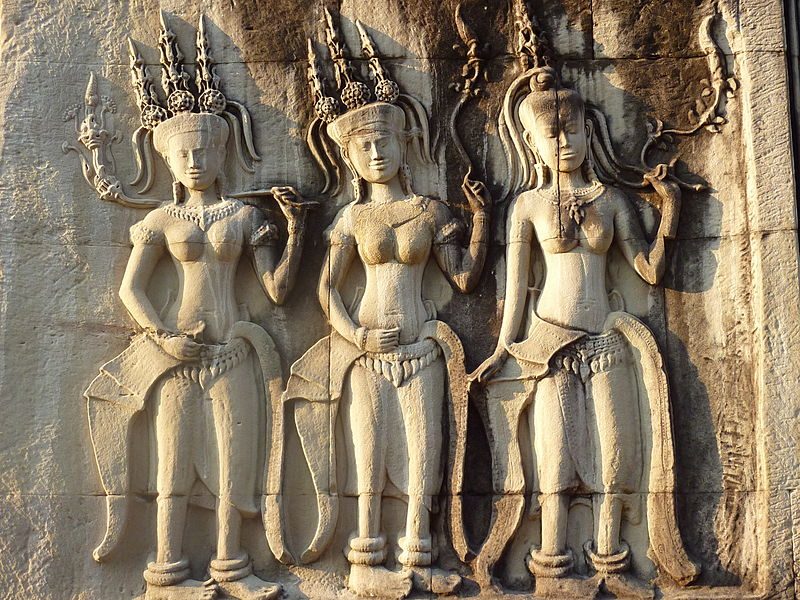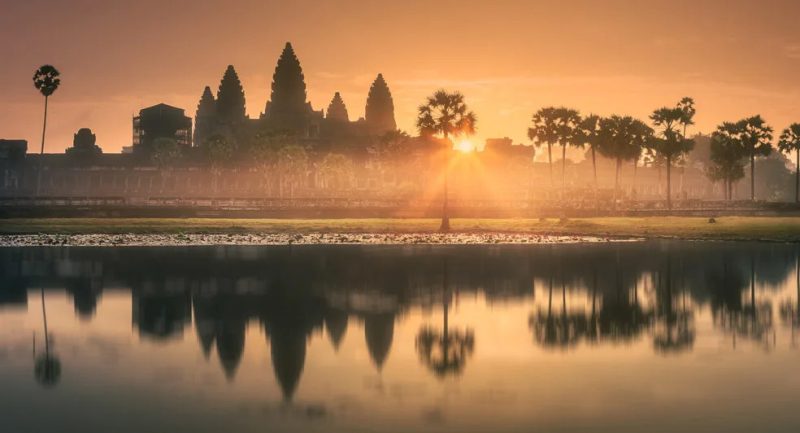The Angkor Wat is a large complex of temples located in northern Cambodia. Spreading across more than 400 acres, it is considered to be the largest religious monument in the world. However, while it is no longer an active temple, Angkor Wat is still an important site for Cambodians and is a major tourist attraction for visitors.
Origins
Angkor Wat was originally built in the first half of the 12th century as a Hindu temple by Emperor Suryavaram II of the Khmer Empire. Its name translates to ‘Capital City’ in the Khmer language as it served as the empire’s capital. While it was originally dedicated to the Hindu god Vishnu, the temple later became a Buddhist temple by the end of the 12th century.
Design and Construction
The temple’s design is said to represent Mount Meru, the home of the gods according to both Hinduism and Buddhism. It features five towers that represent the five peaks of Mount Meru, while its walls and moat honour the surrounding mountains and the sea. The city walls and the temple were built with blocks of sandstone according to the latest Khmer architectural styles at the time. The rest of its structures were built from wood and other materials. This is why certain portions of the temple and city wall remain today.
Special Features
Angkor Wat is famous for its ‘apsaras’ or heavenly nymphs carved into its walls. There are over 3000 of them, each unique in its own way. While many of these were damaged due to maintenance efforts, they are currently being restored by teams of the German Apsara Conservation Project.
The bas-reliefs which decorate the temple walls are also a notable feature as they represent several important figures and deities from Hindu and Buddhist traditions and histories. There is also a bas-relief that depicts Emperor Suryavaram II entering the city.

The Best Time to Visit
You can visit Angkor Wat at any time of the year. However, peak season falls from November to February when the weather is cool and dry. The best time of day to visit is early morning or evening so that visitors can capture views of the sunrise or sunset from the temple. The temple opens at 5 am and closes at 6 pm. If you are staying at any of the best hotels in Siem Reap, such as the historic FCC Angkor by Avani you can organise a visit at a time that best suits you.











